Home>Garden Essentials>Garden Storage>English Garden Ideas: 13 Classic Or Informal Looks
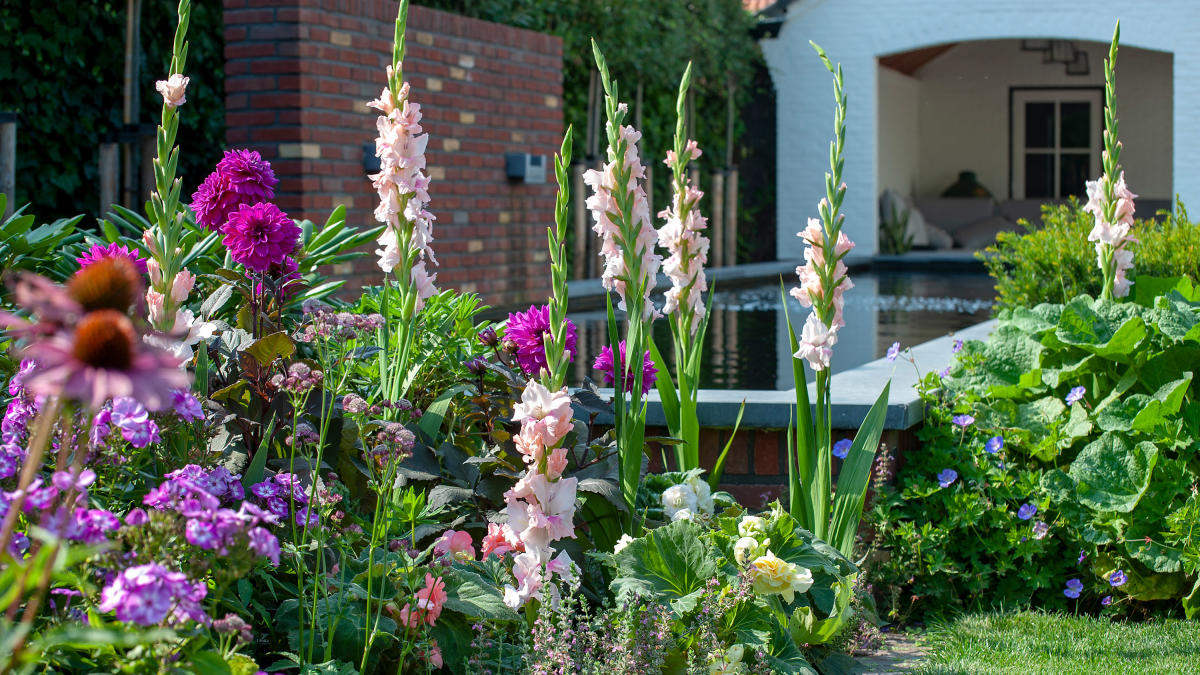

Garden Storage
English Garden Ideas: 13 Classic Or Informal Looks
Modified: January 19, 2024
Looking for English garden ideas? Explore 13 classic and informal looks that incorporate storage for a functional outdoor space.
(Many of the links in this article redirect to a specific reviewed product. Your purchase of these products through affiliate links helps to generate commission for Storables.com, at no extra cost. Learn more)
Introduction
Welcome to the captivating world of English gardens! From the charming and romantic cottage style to the refined elegance of formal designs, there is a wide range of options to choose from when designing your own English garden. Whether you have a sprawling estate or a small urban backyard, you can create a beautiful and inviting outdoor space that reflects your personal style and provides a sanctuary for relaxation and enjoyment.
An English garden is not just a collection of plants and flowers; it is an expression of art, history, and culture. It embodies a deep-rooted connection to nature and a harmonious balance between man-made elements and the beauty of the natural world. Each style of English garden showcases different characteristics and creates a unique atmosphere, allowing you to create a space that resonates with your preferences and desires.
In this article, we will explore 13 classic or informal looks that you can consider for your English garden. Whether you prefer a riot of color and whimsy or a structured and meticulously manicured space, there is an option that will suit your taste. So, grab your gardening gloves and let’s delve into the enchanting world of English garden design!
Key Takeaways:
- Embrace the diverse charm of English garden styles, from the romantic cottage garden to the serene water garden, to create a personalized outdoor sanctuary that reflects your unique preferences and desires.
- Cultivate a wildlife garden to support biodiversity and connect with nature, or transport yourself to the tranquility of the coast with a captivating coastal garden, evoking the beauty of seaside landscapes in your own backyard.
Cottage Garden Style
Cottage garden style is synonymous with charm and abundance. This informal and romantic garden design draws inspiration from the traditional English country cottage gardens that were commonly found in rural areas. Cottage gardens are known for their mix of colorful flowers, lush greenery, and a relaxed, slightly wild appearance.
A key feature of the cottage garden style is the use of various types of flowers and plants, creating a tapestry of colors and textures. Delicate roses, vibrant perennials, and climbing vines intertwine to create a seemingly chaotic yet harmonious display. The overall effect is a profusion of colors and scents that evoke a sense of nostalgia and natural beauty.
Unlike formal gardens with neatly manicured hedges and perfectly arranged flower beds, cottage gardens have a more relaxed and casual feel. They are often characterized by a mix of plant heights and a lack of strict symmetry. Pathways wind through the garden, inviting visitors to explore, while rustic elements such as arbors, trellises, and old-fashioned garden furniture add to the quaint and timeless atmosphere.
When creating a cottage garden, choose a mix of annuals, perennials, and self-seeding plants that will provide color and interest throughout the seasons. Consider plants such as foxgloves, lavender, hollyhocks, and delphiniums for vertical accents, while daisies, asters, and peonies can fill in the middle and lower layers. Be sure to include climbers like roses or clematis to add height and a charming vertical element.
It’s worth noting that cottage gardens require a bit of maintenance to keep them looking their best. Regular deadheading and occasional pruning will help to keep the flowers blooming and maintain their wild yet controlled appearance. With proper care, a cottage garden can become a stunning tapestry of nature’s beauty that will continue to enchant and delight all who enter.
Formal English Garden
For those seeking a more structured and orderly garden design, the formal English garden offers timeless elegance and a sense of refinement. With its symmetrical layout, geometric shapes, and meticulously manicured hedges, this style is often associated with grand estates and stately homes.
The formal English garden is characterized by its clean lines and precise organization. It typically features perfectly trimmed hedges, neatly arranged flower beds, and manicured lawns. The focal point of a formal garden is often a central feature, such as a fountain, statue, or grand focal point, which creates a sense of balance and harmony.
When planning a formal English garden, careful consideration should be given to the choice of plants and materials. Box hedges, clipped topiaries, and espaliered trees are commonly used to create structure and definition. Flowers, such as roses, peonies, and lilies, are arranged in symmetrical patterns and color schemes to create a cohesive and elegant display.
To further enhance the formal aesthetic, pathways and walkways can be designed with geometric patterns, using materials like gravel or stone. These pathways act as guiding lines through the garden, leading visitors to various elements or seating areas. Some formal gardens even incorporate geometrically shaped ponds or fountains, adding a touch of water features to the overall design.
Maintaining a formal English garden requires regular attention and care. Pruning, trimming, and shaping the hedges is essential to maintain their desired form. Regular watering, feeding, and deadheading of flowers are also necessary to keep the garden looking its best throughout the seasons.
If you have a passion for order, symmetry, and classic elegance, a formal English garden may be the perfect fit for your outdoor space. Its timeless beauty and refined design will create a sophisticated and tranquil atmosphere that exudes grace and charm.
Wildflower Meadow
For those who prefer a more natural and ecologically friendly approach, the wildflower meadow style offers a stunning display of native flora and provides a haven for pollinators and wildlife. This style embraces the beauty of wildflowers, creating a vibrant and dynamic landscape that changes with the seasons.
Wildflower meadows are characterized by their abundance of native grasses and wildflowers that grow freely and naturally. They are often less structured and manicured compared to other garden styles, giving them a more untamed and organic appearance. This style is perfect for those who appreciate the beauty of untamed nature and want to create a habitat that supports biodiversity.
Creating a wildflower meadow requires careful planning and preparation. It’s important to select a suitable location with full sun exposure and well-draining soil. Removing existing vegetation is necessary to provide space for the wildflowers to thrive. Seeds or plug plants of native wildflowers and grasses can then be sown or planted to establish the meadow.
As the wildflowers grow and bloom, they attract a wide array of butterflies, bees, and birds, adding a lively and enchanting atmosphere to the garden. The ever-changing colors and textures of the meadow create a constantly evolving landscape that is teeming with life.
Maintaining a wildflower meadow involves periodic mowing, usually once or twice a year, to prevent dominant species from taking over and disrupting the balance of the ecosystem. This practice helps to promote the growth of a diverse range of wildflowers and grasses.
Not only is a wildflower meadow visually stunning, but it also provides numerous environmental benefits. Native wildflowers support local ecosystems by attracting beneficial insects and pollinators, helping to support the overall health and diversity of the surrounding environment.
If you want to create a naturalistic and biodiverse garden that celebrates the beauty of local flora and fauna, a wildflower meadow is an excellent choice. It offers a peaceful and ever-changing landscape that supports the delicate balance of nature while providing a stunning display of colors and textures.
Herb Garden
A herb garden is a delightful addition to any garden, offering both practicality and visual appeal. Whether you have a large backyard or a small balcony, you can create a herb garden that provides a steady supply of fresh and flavorful herbs for your culinary adventures.
Herb gardens can be designed in various styles, from formal raised beds to more informal and whimsical arrangements. They can be incorporated into existing flower beds, planted in dedicated herb pots, or even grown vertically on a trellis or wall. The key is to create a space that is convenient for harvesting and showcases the beauty of different herbs.
When planning a herb garden, consider the cooking herbs that you use most often. Popular choices include basil, thyme, rosemary, parsley, mint, and sage. Grouping together herbs with similar growing requirements is a practical approach to ensure successful growth and ease of maintenance.
Herb gardens also offer visual interest with their diverse leaf shapes, textures, and fragrances. Mixing herbs with different hues of green, purple, and silver can create a stunning display, while flowers like lavender or chamomile can add a touch of vibrant color and attract beneficial pollinators to the garden.
To maintain a healthy herb garden, provide adequate sunlight and well-drained soil. Regular watering and occasional feeding will help the herbs thrive. It’s important to harvest the herbs frequently to encourage continuous growth and to enjoy them at their freshest.
Aside from their culinary uses, herb gardens can also be a source of aromatic pleasure and relaxation. The scent of fresh herbs, such as lavender or rosemary, can create a soothing and calming atmosphere. You can incorporate seating areas or pathways into your herb garden to further enhance the sensory experience.
A herb garden is not only practical and visually appealing but also offers the opportunity to connect with nature and incorporate fresh, homegrown ingredients into your cooking. Whether you’re an aspiring chef or simply enjoy the scent and beauty of herbs, a herb garden is a wonderful addition to any garden space.
Woodland Garden
A woodland garden is a magical and enchanting style that allows you to create a tranquil oasis in the midst of nature. This design is inspired by the beauty and serenity of wooded areas, where dappled sunlight filters through the canopy and delicate woodland plants thrive.
The key to designing a woodland garden is to recreate the natural feel of a forest floor, with an emphasis on shade-loving plants and a layered planting scheme. Ferns, hostas, and other shade-tolerant plants can be used to create a lush understorey, while taller trees and shrubs provide a canopy overhead.
In a woodland garden, the focus is on creating a harmonious balance between plants and their environment. Fallen logs, moss-covered rocks, and natural pathways can be incorporated to enhance the woodland atmosphere and provide organic elements that blend seamlessly with the surroundings.
When selecting plants for a woodland garden, choose species that thrive in shade or partial shade conditions. Some popular choices include trilliums, foxgloves, bleeding hearts, and primroses. These plants not only add color and texture but also attract woodland creatures such as birds and butterflies.
Shade-loving groundcovers, such as vinca or ajuga, can be used to fill in gaps and provide a carpet-like effect. This creates a cohesive and harmonious look throughout the garden while reducing the need for excessive maintenance.
To further enhance the woodland ambiance, consider adding natural features like a small waterfall or pond. These elements can create a soothing soundscape and invite wildlife to make the garden their home.
Maintaining a woodland garden involves regular watering and mulching to retain moisture in the soil. Pruning and removing any invasive plants are also important to ensure the health and vitality of the garden.
A woodland garden is a sanctuary of tranquility and a place of serenity in the midst of nature. It offers a peaceful retreat where you can escape the hustle and bustle of everyday life and immerse yourself in the beauty and magic of the woods.
Rose Garden
A rose garden is the epitome of beauty and elegance, evoking a sense of romance and timeless charm. With their fragrant blossoms and exquisite colors, roses have long been treasured for their grace and allure. Creating a rose garden allows you to immerse yourself in their captivating beauty and enjoy their enchanting presence.
When designing a rose garden, the first step is to select the right rose varieties for your climate and growing conditions. There are numerous types of roses to choose from, including hybrid teas, floribundas, climbers, and shrub roses. Each variety offers its own unique characteristics and growth habits, so consider your preferences and the available space in your garden.
The layout of a rose garden can be formal and structured or informal and whimsical, depending on your personal style. Symmetrical beds and defined pathways can create a traditional and refined look, whereas a more cottage-style approach may involve mingling roses with other plants and allowing them to weave together in a more natural manner.
When it comes to planting roses, provide them with well-drained soil, plenty of sunlight, and good air circulation to minimize disease and encourage healthy growth. Roses require regular watering and feeding to ensure robust blooms. Pruning is also essential to promote new growth and maintain the desired shape.
In addition to the roses themselves, consider incorporating complementary plants and features into your rose garden. Shrubs, such as lavender or boxwood, can provide a backdrop for the roses and add texture and interest. Delicate flowers, like forget-me-nots or sweet peas, can be interplanted to create a charming and colorful display.
Adding structures like trellises, arbors, or pergolas can enhance the beauty and functionality of a rose garden. Climbing roses can be trained to grow on these structures, creating a vertical element and adding another dimension to the garden. Seating areas or benches can also be incorporated to allow for quiet moments of reflection and admiration.
A rose garden is not only a feast for the eyes but also a sensory delight. The intoxicating fragrance of roses permeates the air, captivating your senses and creating a serene and romantic atmosphere.
Whether you choose a formal rose garden with neatly arranged beds or a more free-flowing and whimsical approach, a rose garden will undoubtedly bring beauty, elegance, and a touch of romance to your outdoor space.
Water Garden
A water garden is a serene and tranquil space that brings the soothing element of water into your outdoor oasis. It is a harmonious combination of aquatic plants, water features, and sometimes even fish, creating a serene and captivating environment.
The centerpiece of a water garden is typically a pond or a water feature, such as a fountain or a waterfall. These elements not only add visual interest but also provide the soothing sound of flowing water, creating a calming ambiance. The gentle movement of the water also helps to cool the surrounding area, making it a pleasant retreat during hot summer days.
When designing a water garden, consider the size and shape of the space available to you. Ponds can range from small and intimate to larger and more expansive, depending on your preference and the scale of your outdoor area. Incorporate natural materials, such as rocks and stones, to create a more organic and harmonious aesthetic.
Aquatic plants are a crucial component of a water garden, providing color, texture, and oxygenation to the ecosystem. Consider water lilies, lotus plants, and floating plants like water hyacinths or water lettuce. These plants not only add beauty but also help keep the water clean and maintain a balanced ecosystem.
To create a sense of movement and vitality, consider incorporating fish into your water garden. Koi or goldfish are popular choices and can add a lively and dynamic element to the space. Along with the plants and water features, the fish add life and create a harmonious balance in the aquatic environment.
When it comes to maintenance, regular care and upkeep are necessary for a healthy and thriving water garden. Maintaining the water quality through filtration and occasional water testing is important. Regular cleaning of filters and removal of debris will help keep the water clear and prevent the build-up of algae.
Lighting can also play a significant role in enhancing the beauty of a water garden. Consider adding landscape lighting around the perimeter or underwater lighting to illuminate the water feature at night, creating a mesmerizing and enchanting atmosphere.
A water garden provides a serene and tranquil space where you can relax, unwind, and reconnect with nature. It offers a peaceful retreat and a fascinating display of plants, water, and wildlife. Creating your own water garden will bring a sense of harmony and serenity to your outdoor space, allowing you to immerse yourself in the beauty and tranquility of water.
Consider incorporating traditional English garden elements such as roses, lavender, and boxwood hedges for a classic look. For a more informal style, mix in wildflowers, ornamental grasses, and a meandering pathway.
Japanese Garden
A Japanese garden is a harmonious and serene sanctuary that brings the essence of nature and the spirit of Zen into your outdoor space. Inspired by centuries-old Japanese traditions, this garden style combines simplicity, elegance, and a deep appreciation for the natural world.
The design of a Japanese garden focuses on creating a peaceful and tranquil atmosphere. It often features elements such as water, rocks, moss, and carefully selected plants. These elements are thoughtfully arranged to mimic the beauty and serenity of a natural landscape, inviting a sense of calm and contemplation.
A central feature in many Japanese gardens is water, which symbolizes purity and tranquility. This can be in the form of a pond, a stream, or a small cascading waterfall. The water reflects the surrounding elements, creating a sense of harmony and balance.
Rocks and stones play a prominent role in Japanese garden design. They are strategically placed to represent mountains, islands, or natural formations. These rocks are often chosen for their unique shapes and textures and are arranged in a way that appears harmonious and balanced.
Plants in a Japanese garden are carefully selected for their symbolic meaning and ability to harmonize with the overall design. Evergreen trees, such as pines and maples, are commonly used to provide structure and a sense of permanence. Moss and ferns add texture and a sense of age, while colorful flowering plants like azaleas or cherry blossoms can provide seasonal bursts of color.
The use of pathways and stepping stones is another characteristic of Japanese gardens. These paths guide visitors through the garden, creating a sense of discovery and encouraging a mindful and meditative experience. Seating areas, such as stone benches or wooden tea houses, can be incorporated to provide spaces for contemplation and relaxation.
Creating and maintaining a Japanese garden requires attention to detail and a commitment to simplicity. Regular pruning, trimming, and grooming of plants contribute to the clean and refined aesthetic. Minimalism and balance are key principles, with a focus on removing unnecessary elements to create a sense of calm and order.
A Japanese garden offers a serene refuge and an opportunity to connect with nature in a profound way. By embracing the principles of simplicity, tranquility, and harmony, you can create a peaceful oasis that instills a sense of calm and provides a sanctuary from the busyness of everyday life.
Mediterranean Garden
A Mediterranean garden transports you to the sun-drenched shores of the Mediterranean Sea, with its vibrant colors, aromatic scents, and relaxed atmosphere. Inspired by the coastal regions of Southern Europe, this style of garden embraces the natural beauty and charm of the Mediterranean landscape.
Mediterranean gardens are characterized by their warm and dry climate, which is reflected in the choice of plants and design elements. Drought-tolerant plants that thrive in Mediterranean conditions, such as lavender, rosemary, bougainvillea, and olive trees, are commonly featured.
The color palette of a Mediterranean garden is inspired by the surrounding landscape, with shades of blue, purple, yellow, and white. These colors are reminiscent of the sea, the vibrant flowers, and the sun-drenched walls of Mediterranean villages.
To create a Mediterranean garden, incorporate elements like terracotta pots, gravel pathways, and stone walls. These natural and earthy materials add to the rustic and authentic feel of the space. Consider adding a pergola or shaded seating area adorned with climbing vines to create a cozy and inviting spot to relax and enjoy the Mediterranean ambiance.
Ideally, a Mediterranean garden should provide a comfortable and inviting outdoor living space. Consider creating areas for dining and entertaining, with shaded seating arrangements where you can gather with family and friends for al fresco meals and relaxing evenings.
Maintenance in a Mediterranean garden tends to be relatively low, thanks to the use of drought-tolerant plants and the overall design concept of natural simplicity. Regular pruning and occasional watering during dry spells are usually sufficient to keep the garden looking its best.
A Mediterranean garden transports you to a place of warmth, relaxation, and natural beauty. It evokes a sense of laid-back luxury and embraces the outdoor lifestyle that is distinctly Mediterranean. Creating your own Mediterranean garden will allow you to bring a piece of that idyllic coastal atmosphere right into your own backyard.
Contemporary Garden
A contemporary garden is a reflection of modern design principles, where clean lines, minimalist aesthetics, and innovative materials come together to create a sleek and sophisticated outdoor space. This style is perfect for those who appreciate a sleek and streamlined look that combines functionality with visual appeal.
In a contemporary garden, simplicity and minimalism are key. The design focuses on creating a clean and uncluttered space with well-defined lines and geometric shapes. Straight pathways, raised beds, and smooth surfaces contribute to the contemporary aesthetic.
When selecting plants for a contemporary garden, choose species that emphasize their architectural qualities and have a neat and structured growth habit. Ornamental grasses, succulents, and sculptural shrubs work particularly well in this style. The color palette is often limited to a few tones, such as varying shades of green or a monochromatic scheme, to maintain the overall sleek and minimalist look.
Contemporary gardens often incorporate modern features and materials, such as sleek metals, stone, glass, and textured concrete. Water features with clean lines, like fountains or infinity pools, can add a sense of tranquility and serve as a focal point. Lighting also plays a crucial role in contemporary gardens, with strategically placed fixtures highlighting key features and creating ambiance during the evening hours.
Outdoor furniture in a contemporary garden is typically sleek and minimalist, with clean lines and neutral colors. Materials like teak, stainless steel, and weather-resistant fabrics are commonly used. Comfortable seating areas, dining spaces, and outdoor kitchens can be incorporated to extend the living space and create functional and stylish areas for relaxation and entertainment.
Maintenance in a contemporary garden is often relatively low, as the design favors simplicity and clean lines. Regular pruning and upkeep of plants, as well as cleaning and maintenance of the materials used, will help to keep everything looking pristine and well-maintained.
A contemporary garden offers a sleek and modern outdoor space that complements contemporary architecture and design. It provides a harmonious blend of clean lines, functionality, and visual appeal. If you appreciate modern aesthetics and a streamlined approach to outdoor living, a contemporary garden may be the perfect style for you.
Rock Garden
A rock garden is a unique and captivating garden style that celebrates the beauty of rocks and showcases the artistry of combining them with carefully selected plants. With its rugged charm and natural appeal, a rock garden adds a distinctive element to any outdoor space.
Rock gardens are known for their use of rocks and stones as the main feature, creating a landscape that mimics the rugged beauty of mountains or rocky terrains. Rocks of various sizes and shapes are strategically arranged to create visually appealing formations and layers. This design creates a sense of depth and texture, adding interest and intrigue to the garden.
In a rock garden, plants are carefully chosen to complement the rocky landscape and thrive in well-drained soil. Drought-tolerant and low-maintenance plants, such as sedums, hens and chicks, and alpine plants, are commonly used, as they can thrive in the harsh conditions created by the rocks. Cascading plants like creeping thyme or creeping phlox can add softness and a burst of color to the rocky slopes.
The arrangement and positioning of rocks play a crucial role in a rock garden. Larger rocks can be used as focal points, while smaller stones can be scattered throughout the garden to create a more naturalistic look. The shape and composition of the rocks can be used to direct the flow of the garden, creating contours and pathways.
Alongside the rocks, other design elements such as gravel or mulch can be used to further enhance the texture and contrast within the garden. These materials help to anchor the rocks and provide a cohesive visual backdrop.
Maintenance in a rock garden is generally low, as the rocks themselves require minimal care. However, regular weeding, pruning, and watering are necessary to ensure the health and vitality of the plants. Regular inspection to ensure no erosion or movement of the rocks is also important to maintain the integrity of the garden.
A rock garden offers a unique and visually striking landscape that celebrates the beauty of rocks and the resilience of plants that thrive in rocky environments. Whether you have a small corner of your backyard or a sprawling landscape, a rock garden can transform any space into a captivating and naturalistic garden retreat.
Wildlife Garden
A wildlife garden is a haven for nature, created with the intention of attracting and supporting a variety of wildlife species. It embraces biodiversity and provides a habitat for birds, butterflies, bees, and other fascinating creatures. A wildlife garden not only enhances the beauty of your outdoor space but also contributes to preserving and supporting the local ecosystem.
The key to designing a wildlife garden is to focus on creating a variety of habitats and food sources that appeal to a wide range of wildlife. Incorporate native plants that provide nectar, berries, or seeds, as well as shrubs and trees that offer shelter and nesting opportunities. Planting a diverse array of flowers that bloom at different times of the year will attract a diverse range of pollinators.
Include features such as bird feeders, birdhouses, and water sources like birdbaths or small ponds. These additions provide essential resources for birds, giving them food and water, while also attracting beneficial insects and other wildlife.
Another crucial aspect of a wildlife garden is to avoid the use of harmful chemicals and pesticides. Opt for natural and organic gardening practices to ensure the health and well-being of the wildlife that visits your garden. Encourage beneficial insects, such as ladybugs and bees, to thrive and assist with natural pest control.
Leave certain areas of your garden untouched, allowing natural habitats like wildflower meadows or piles of leaves to form. These areas provide shelter for insects, small mammals, and other wildlife seeking refuge.
Creating a wildlife garden is an ongoing process of nurturing and observing the interactions between plants, animals, and their environment. Over time, you can witness the incredible diversity and beauty of the wildlife that visits and calls your garden home.
In a wildlife garden, maintenance involves a careful balance. Regular watering, pruning, and planting will be necessary to keep the garden healthy and vibrant. However, allowing some areas to grow wild and providing supplemental food and water sources for wildlife must also be considered in the maintenance routine.
A wildlife garden is an opportunity to connect with nature and make a positive impact on the local ecosystem. By creating a welcoming and nurturing environment for wildlife, you not only create a beautiful outdoor space but also contribute to the conservation and preservation of biodiversity.
Coastal Garden
A coastal garden brings the beauty and tranquility of the seaside into your outdoor space, capturing the essence of coastal living. This garden style is inspired by the natural elements found along the coast, combining the ruggedness of the shoreline with the delicate beauty of coastal flora.
One of the key elements in a coastal garden is the use of plants that thrive in the challenging coastal environment. Salt-laden winds, sandy soil, and exposure to sun and harsh weather conditions require choosing plants that can withstand these conditions. Coastal grasses such as beach grass, seashore mallow, and succulents like ice plants can handle the coastal climate while adding texture and interest to the garden.
Add color and vibrancy to your coastal garden by incorporating plants that reflect the coastal palette. Cool blues, soft greens, and sandy neutrals can be achieved with plants like lavender, sea holly, and ornamental grasses. Coastal flowers such as sea thrift, daisies, and rosemary can add pops of color and fragrance to the landscape.
Features like rocks, driftwood, and shells can enhance the coastal theme of the garden, evoking a sense of being by the seaside. Create natural borders using stones or shells, and strategically place driftwood as sculptural elements. These materials not only add visual interest but also evoke a sense of nostalgia and connection to the sea.
In a coastal garden, take advantage of the coastal views by carefully considering the layout and focal points. Create seating areas or lookout points that offer vistas of the surrounding landscape. Incorporate pergolas or trellises covered in climbing coastal flowers like morning glories or clematis to add height and create a sense of enclosure.
Maintenance in a coastal garden involves regular watering, as the salty air can dehydrate plants quickly. Continuously remove any invasive or unwanted plants to maintain the integrity of the garden. Check plants regularly for salt damage and trim or replace those that are struggling.
Embracing a coastal garden style allows you to create a peaceful retreat reminiscent of the seaside. It brings the natural beauty of the coast into your own backyard, providing a place of relaxation and tranquility. Whether you live by the ocean or dream of coastal living, a coastal garden can evoke the serenity and charm of coastal landscapes.
Conclusion
Designing and cultivating a garden is a personal and creative endeavor, allowing you to express your unique style and create a space that brings joy and tranquility. Each garden style explored in this article offers its own distinct charm and appeal, providing inspiration for transforming your outdoor space into a haven that reflects your preferences and desires.
From the romantic and colorful cottage garden to the structured elegance of a formal English garden, the options are vast and varied. The wildflower meadow exudes natural beauty and supports local ecosystems, while the herb garden offers practicality and a feast for the senses. The woodland garden brings a touch of enchantment and serenity, while the rose garden exudes timeless elegance and romance.
The water garden provides a soothing and serene retreat, while the Japanese garden offers a harmony between nature and tranquility. The Mediterranean garden embraces warmth, color, and relaxation, while the contemporary garden showcases modern aesthetics and clean lines. The rock garden creates a captivating landscape that celebrates the beauty of stones, and the wildlife garden nurtures biodiversity and our connection with nature.
To conclude, whether you are drawn to a specific garden style or wish to combine elements from different styles, the key is to create a space that brings you joy and helps you connect with nature. Consider the unique characteristics of your outdoor environment, the specific needs of the plants you choose, and your personal style and preferences.
Remember that gardening is a journey of constant learning and adaptation. Embrace the transformative power of nature and the endless possibilities that await in your own backyard. By creating a garden that speaks to your heart and soul, you can cultivate a space of beauty, serenity, and inspiration for years to come.
Frequently Asked Questions about English Garden Ideas: 13 Classic Or Informal Looks
Was this page helpful?
At Storables.com, we guarantee accurate and reliable information. Our content, validated by Expert Board Contributors, is crafted following stringent Editorial Policies. We're committed to providing you with well-researched, expert-backed insights for all your informational needs.
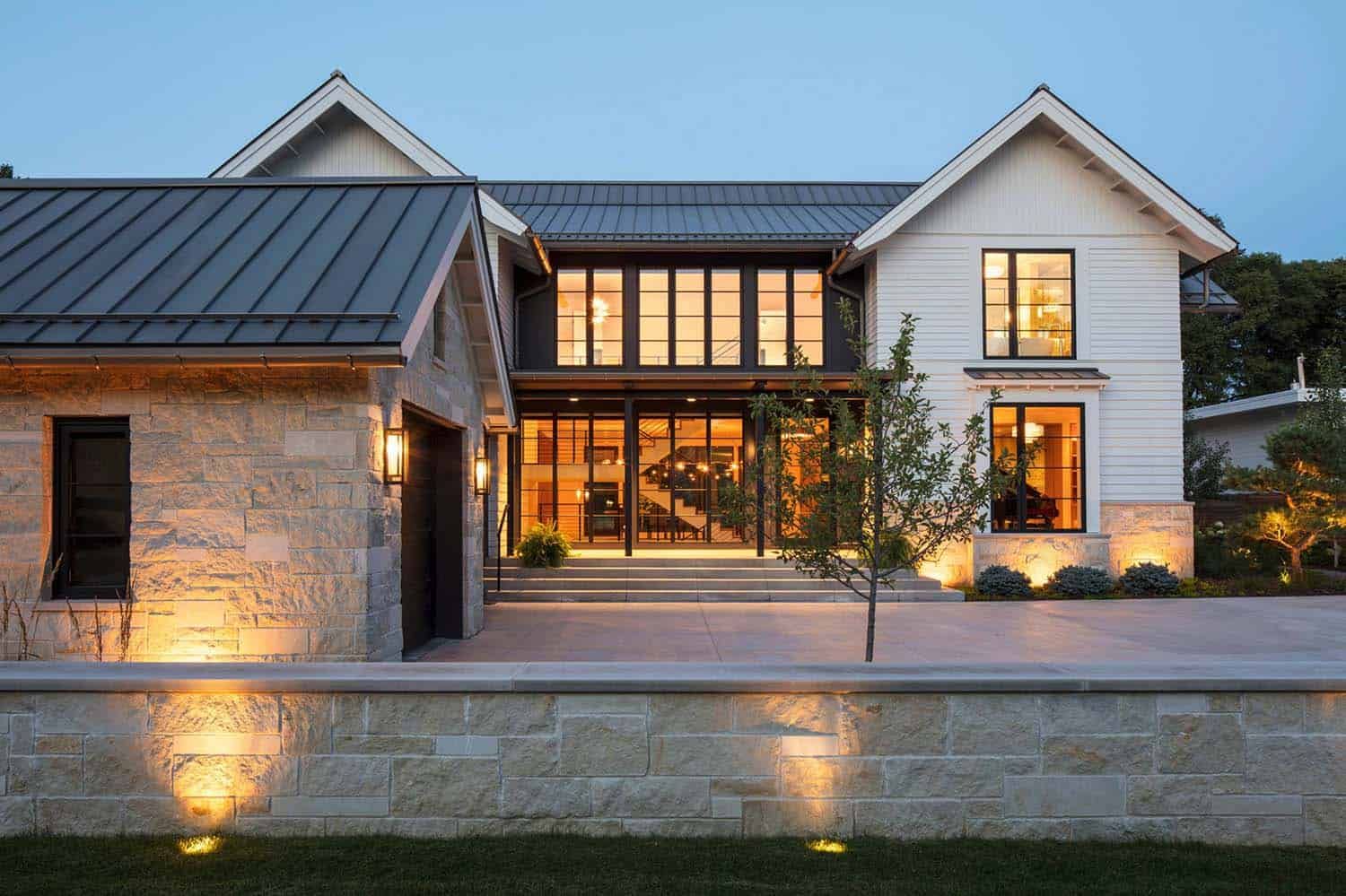
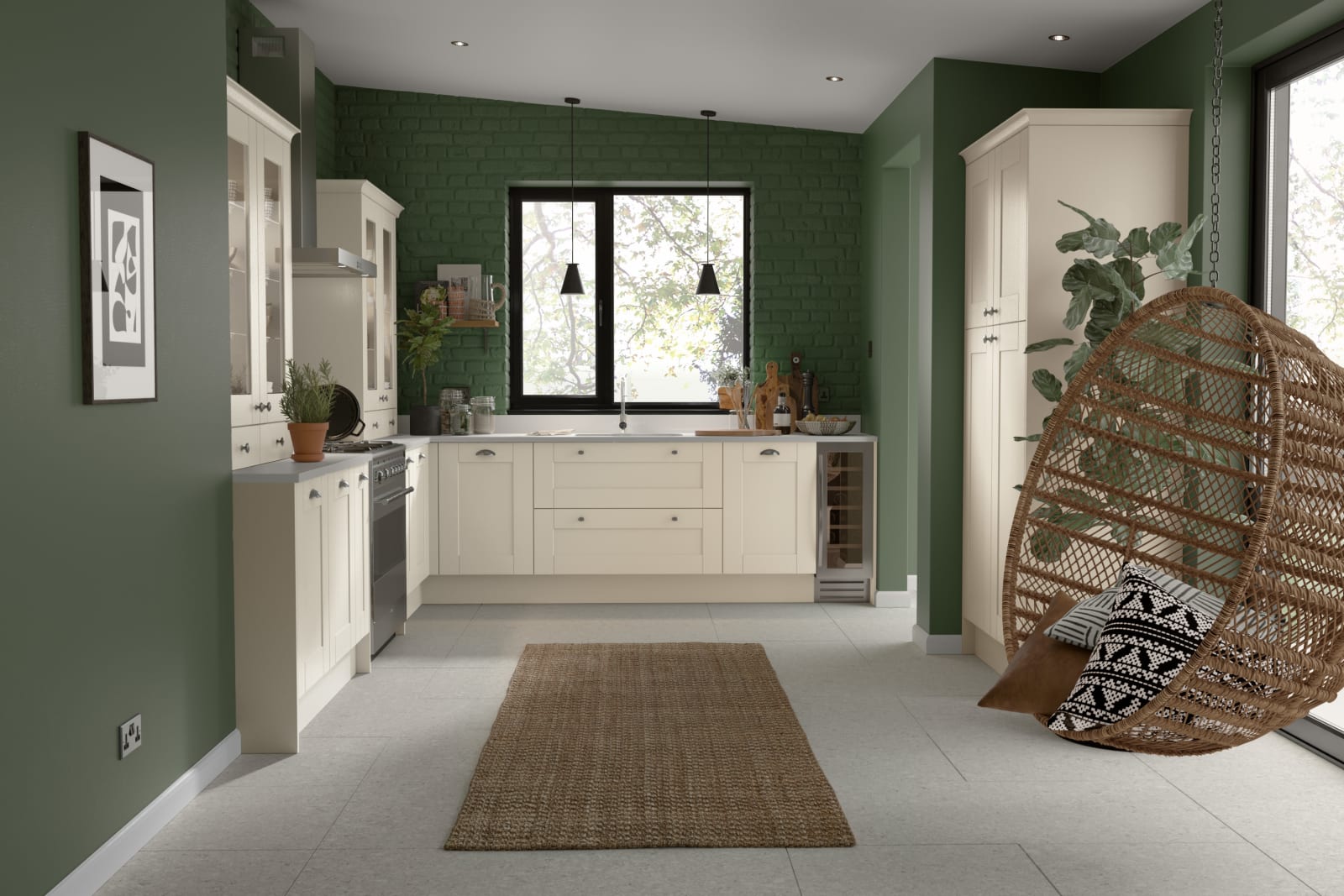
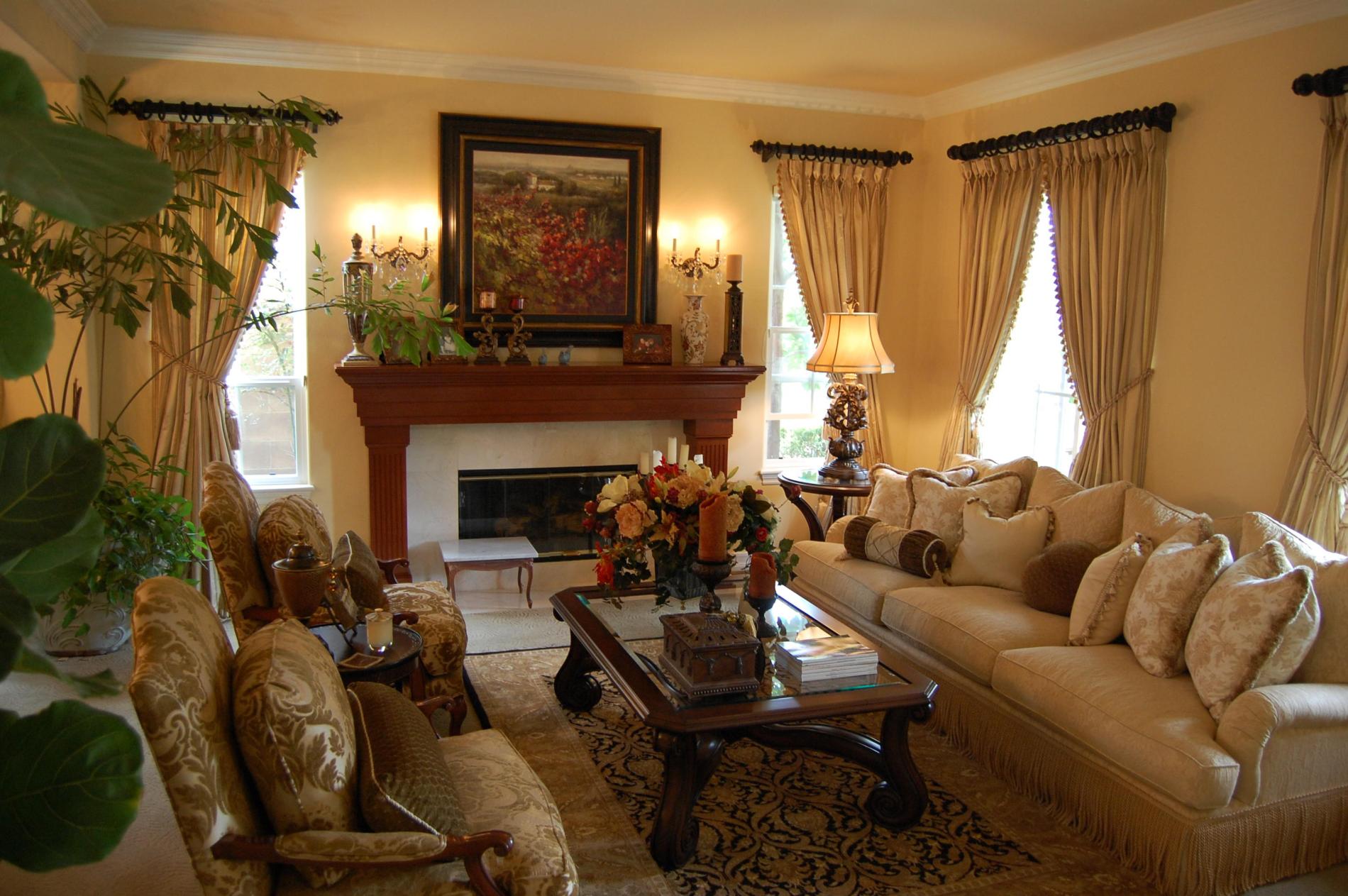



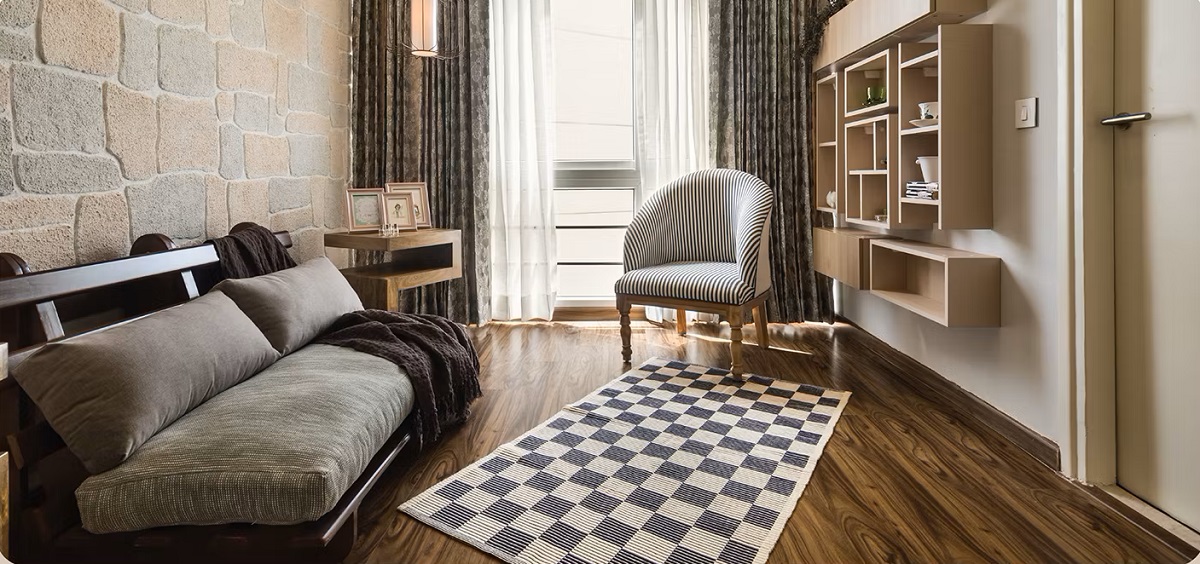


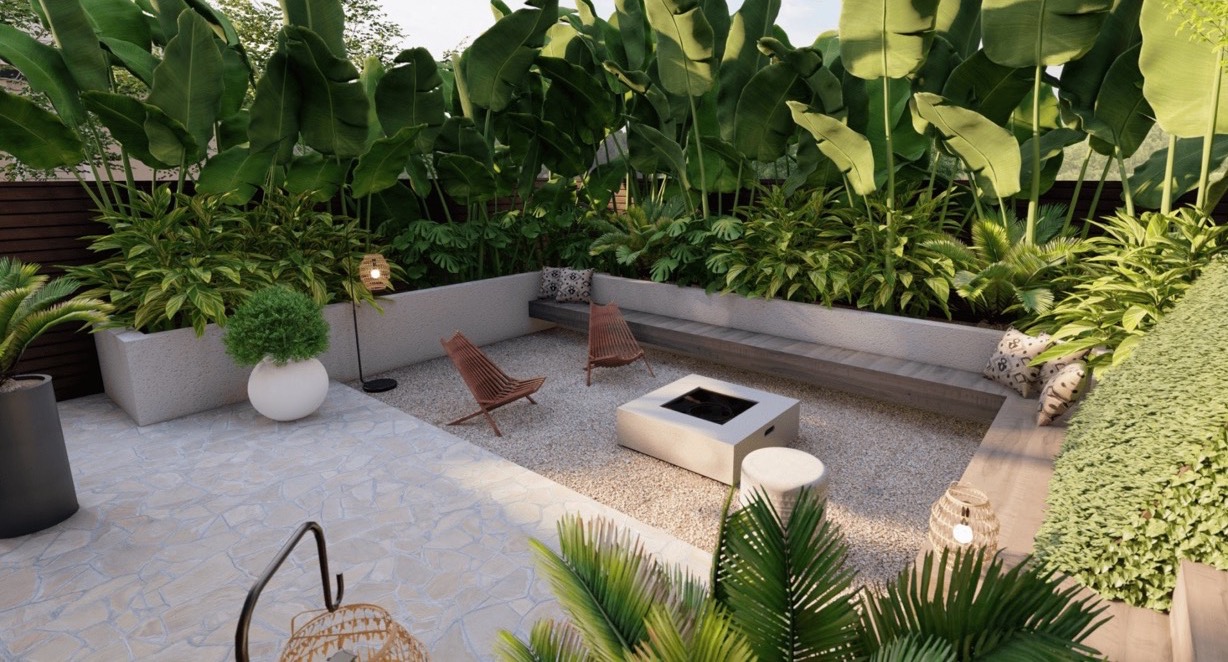
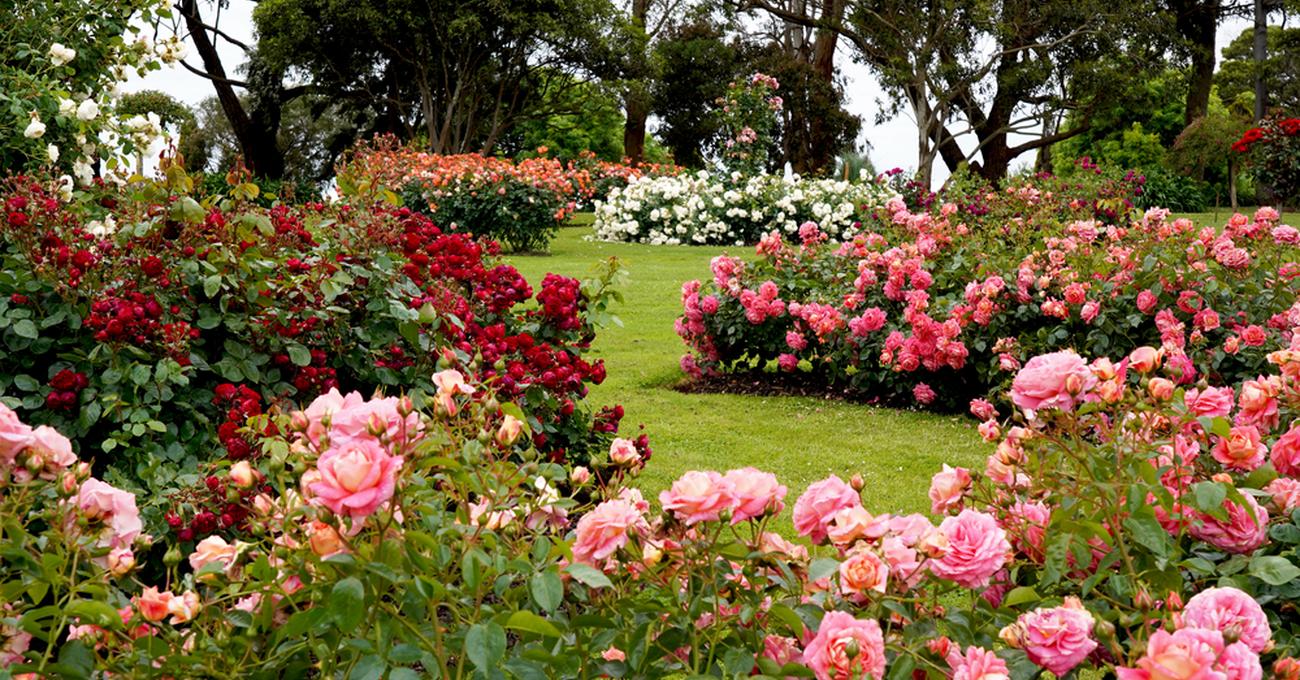


0 thoughts on “English Garden Ideas: 13 Classic Or Informal Looks”